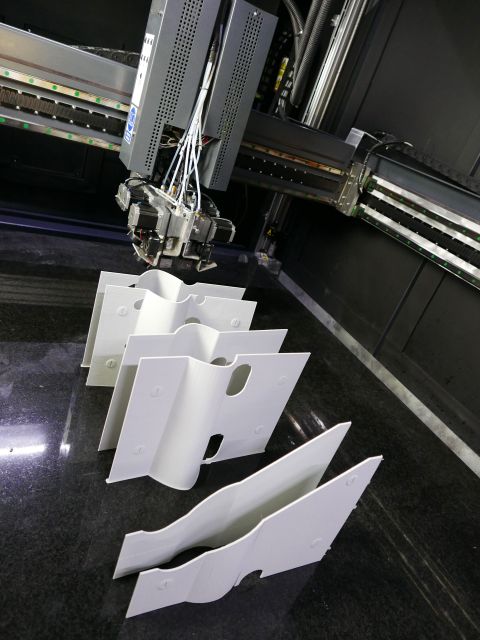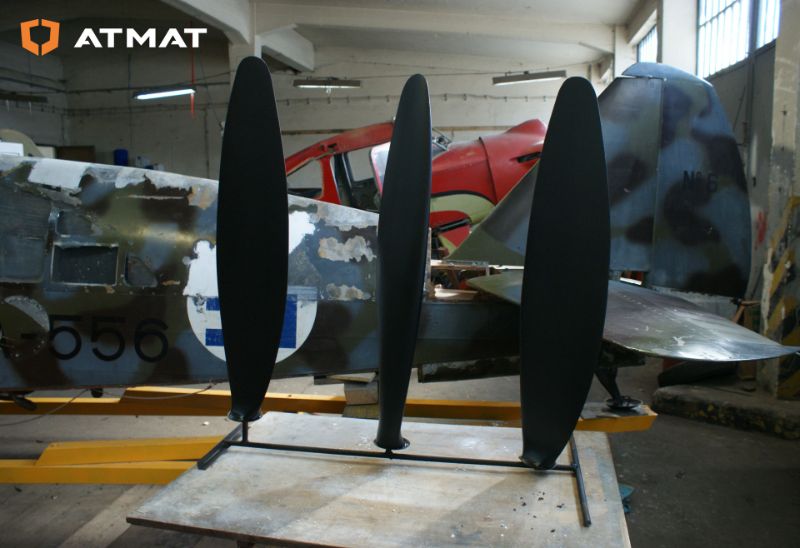What have figures from a historic altar, Porshe 959 and a tank in common? All of them have been given a chance to survive the next years thanks to the 3D printing technology. Back to the question we have asked at the beginning of the article, we would like to introduce three, seemingly different stories, however having a common, three-dimensional plot.
Historical altar at Saint Michael the Archangel Parish in Witoszyn was deprived of three original figures that have been taken to preservation – and were never returned. For years, the altar was standing empty. Not until 2014 was it possible to restore its former glory thanks to 3D printing technology. Missing figures were printed using special composite formed from wood and PLA filament combination, then painted, undergone a polychrome process and finally - put on the altar. It was the very first 3D printed altar in the world. The price of the project is also an important point in this history – the altogether presumably amounted dozens of times less than if the professional sculptor's services would have been used.
Every automotive amateur knows how hard getting spare parts to a car or a motorcycle after its production discontinuation is. Especially, when it's limited, sports models we are talking about , … That's how it was with Porsche 959. produced only in 292 copies. For the production of spare parts to be profitable, engineers decided to reconstruct it using 3D technology. The first elements of that type were clutch forks, that passed all the stress and quality tests that resulted in putting it into service. At the moment, Porsche is printing eight different elements and working on other projects.

Six-metre PZ-V tank „Magda” is a model of the original vehicle from 1944. It was reconstructed in 1:1 scale, maintaining its real size, proportions, colour and characteristic details. Every single element of the tank was printed in 3D technology. The vehicle reconstruction is a complicated and demanding project, where the end result is a perfect combination of two worlds – history and advanced technology.
The above examples show that the possibilities of 3D printing are practically unlimited and its range enlarges constantly. Application of this technology in the reconstruction of historical treasures, machines or cars is non-substitutable always when traditional methods fail.
We will soon introduce the effects of collaboration between ATMAT and Polish Aviation Museum in Cracow, where we are currently working on the reconstruction of key parts of a historical plane – Caudron CR.714, one of the two last models of this type in the world.

Historical treasures reconstruction is an extremely difficult art – most of all because of shortcomings in project documentation of the construction or because its elements have gone forever or were destroyed over the years. To recreate as much as possible from its original form, a lot of time should be devoted, a lot of people involved at work and sometimes huge funds acquired for that purpose.
Using FDM printing technology we have a possibility to ably recreate each element and missing parts necessary for the reconstruction. Its huge advantage is a print speed, precision and affordable prices of materials. What is more, it has been already used for this type of actions - and all have been crowned with success.
